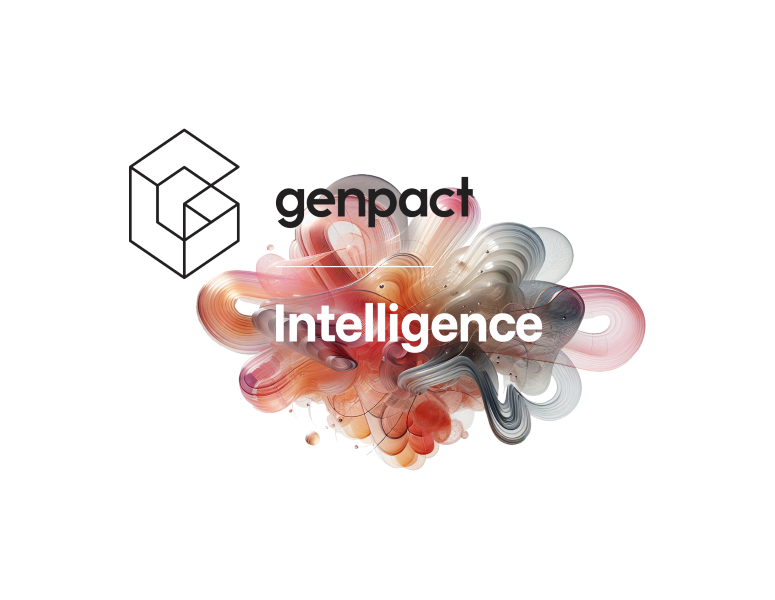Meet the industry-leading companies we partner with to scale the impact we generate for clients.
Published
How manufacturers can rethink operating models to scale agentic AI
Manufacturing floors are starting to look very different from their traditional roots, both in terms of machinery and mindsets. Macroeconomic volatility, supply chain shocks, and sustainability pressures are driving enterprises to seek greater connectivity, intelligence, and agility. And agentic AI, cloud architecture, and interoperable systems are converging to create new operating systems (OSs) that can form the backbone of these next-generation enterprises.
This convergence is happening in real time. Led by a new generation of intelligent agents that power core operations, AI is transforming how work is done, enabling new processes, efficiencies, and capabilities.
From static systems to dynamic intelligence
Traditional manufacturing operations have relied heavily on siloed applications, fragmented data, and human intervention at every step, especially in the finance function. This model is breaking down under the weight of complexity and the need for speed. In contrast, the enterprise OS of the future uses:
Unified, contextual, and real-time data no longer trapped in isolated systems
Simple, intuitive interfaces, which replace labyrinthine applications
Human-on-the-loop oversight, where AI agents make routine decisions and humans focus on exceptions and innovation
These agents live in what we define as the systems of innovation, a critical layer between systems of record (such as ERP) and systems of engagement (like customer portals). In this layer, agents autonomously orchestrate and execute tasks, adapt to changing conditions to make decisions, and collaborate with other agents and humans to drive outcomes in real time. They have the potential to boost productivity and efficiency and scale business operations.
Agentic AI in action
Agentic AI solutions are already delivering value to early adopters, especially in finance and accounting, where manual processes and the large volume of transactions make it an ideal use case. For example, the Genpact AP Suite's purpose-built agents are designed to extract and validate invoice data, detect anomalies, and match purchase orders. It's already cutting cycle times and error rates.
Whether you're exploring AI agents for the first time or scaling existing initiatives, using a structured agentic development life cycle framework will help to design, deploy, and continuously improve agentic solutions with autonomy and accountability at the core.
Challenges in scaling agentic AI
Designing intelligent agents is just the start. Scaling them across global operations brings far more complex challenges. Factory models aim to streamline and automate the production of AI systems, but they often fall short. While they excel in technical expertise, they tend to lack the deep contextual understanding of specific industries, business processes, and real-world applications necessary to make AI effective at scale.
Adding to the challenge is the critical need to identify high-value use cases for AI. Without a clear focus on these impactful applications, efforts can become misaligned with business goals, making the transformation process even more difficult. Success requires bridging the gap between technical capability and practical, strategic application.
Time for a new operating model
Manufacturers can no longer afford to operate on legacy models. The pressure to reduce time to market, optimize costs, and meet sustainability goals demands a new operational backbone, and embracing cloud-native, data-driven, and AI-enabled solutions will help address these challenges. This means modernizing legacy systems, adopting cloud-native architectures, and embedding AI agents into core processes. Prioritizing use cases like intelligent supply chain orchestration or predictive maintenance can help deliver immediate value. Likewise, building interoperable systems that support real-time data flow and cross-functional collaboration will be key to long-term competitiveness.
The convergence of agentic AI, cloud, and interoperability is not a future state; it's already unfolding in factories and supply chains today. The manufacturers better positioned for success will be the ones who rethink how work gets done using AI-powered workflows.









